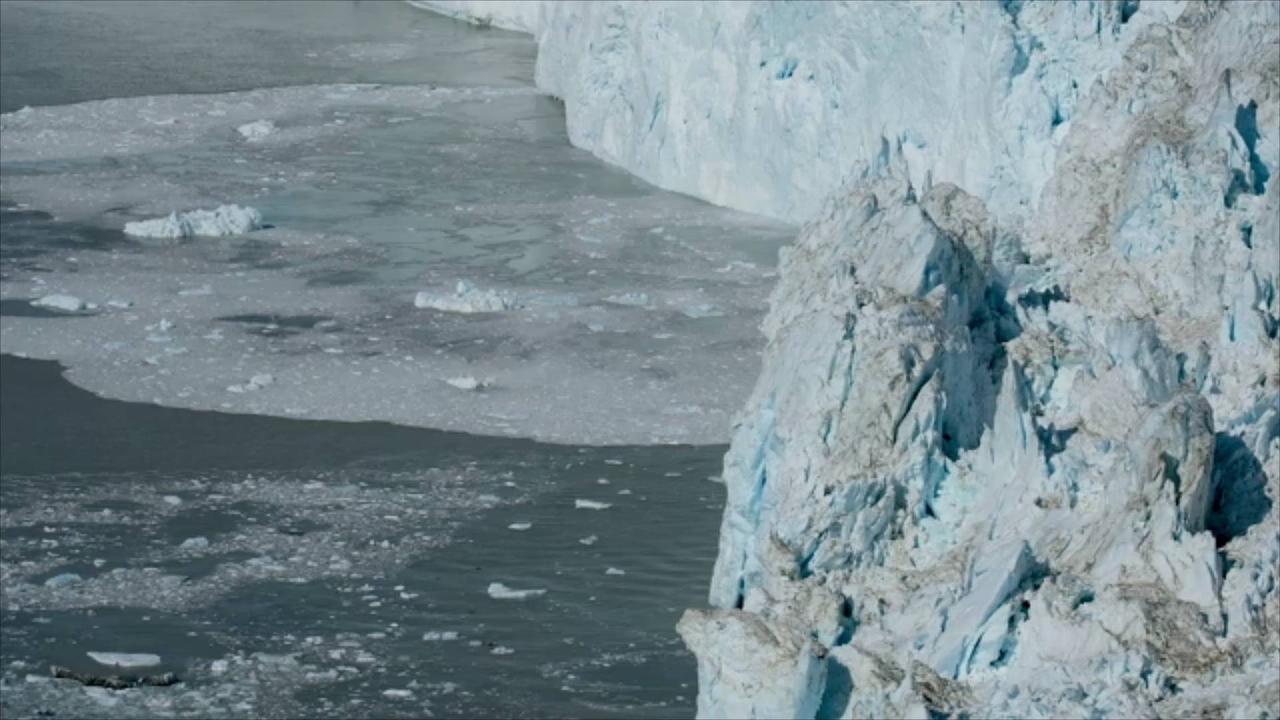
Scientists Warn Critical Parts, of 'Doomsday Glacier', Melting Faster Than Expected.
Mashable reports that recent research suggests that the Florida-sized Thwaites Glacier has the potential to affect the entire world.
.
The massive formation holds a colossal amount of ice that could raise global sea levels by over two feet.
.
In addition to this, its collapse due to a warming climate could unleash even more ice from neighboring glaciers, triggering further sea level rise.
Since the 1990s, the Antarctic glacier has retreated nearly nine miles as it continues to destabilize.
The trajectory of its melting in the coming decades and centuries has the potential to submerge coastal cities and other populated areas around the world.
Thwaites is the one spot in Antarctica that has the potential to dump an enormous amount of water into the ocean over the next decades, Sridhar Anandakrishnan, professor of glaciology at Penn State University, via Mashable.
Mashable reports that , the Thwaites glacier has been dubbed , the "Doomsday Glacier.".
According to the latest 2023 research, beneath the ice shelf lies critical points which hold back many other colossal glaciers.
.
The most recent research, published in 'Nature,' found that Thwaites is melting faster than expected in cracks directly below that floating ice shelf.
Scientists suggest that warmer water seeping into natural cracks has amplified the melting at these specific weak points.
